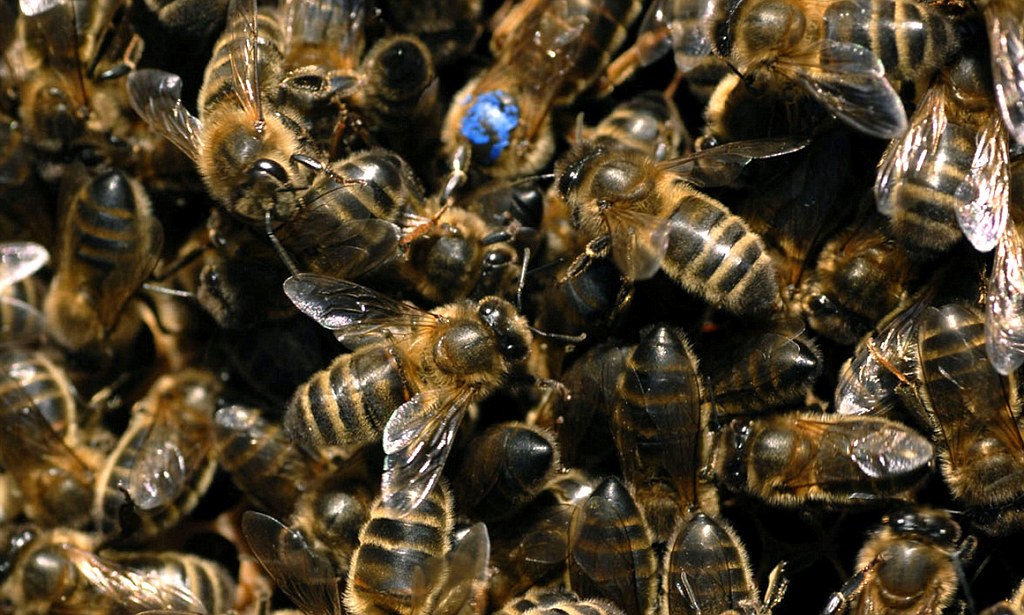What is the British black bee? The British black bee was the original British honeybee native to the British Isles. For centuries, it made up the majority of the honeybee population but due to a change in habitats, the population was severely reduced. Scientists and conservationists feared it had become extinct, but around 10 years ago, the British black bee was rediscovered in parts of North Wales, East Anglia, and West Sussex. After the initial inertia from DEFRA, the government and conservation organisations have put funding into bringing the black bee back and now, they are thriving in certain parts of the UK.
How do I spot the British black bee? You can spot them as they are darker than regular honeybees and have thicker, longer hair and a larger body. They also have yellow spots on their abdomen.
Why is it important to protect them? As black bees are native to Britain, they have adapted better than southern European bees to the temperamental climate and variable weather. Black bees are hardier than European bees during the winter as they require less food to survive and can thrive even with seasonal change. Protecting this species of bee is particularly crucial given the threat of climate change and the increase in variable weather. If we want to keep ecosystems and pollinators thriving, preserving the black bee should be a focus of conservation efforts.
How do I support the British black bee as an individual or business? Bee Conservation has a limited supply of black bees that we offer as part of our hive rental packages. Getting a hive of black bees for your office space will help promote a healthier bee population in the area surrounding the hive and will improve local biodiversity. To find out more about our hive packages, visit our beehive rental page here.

